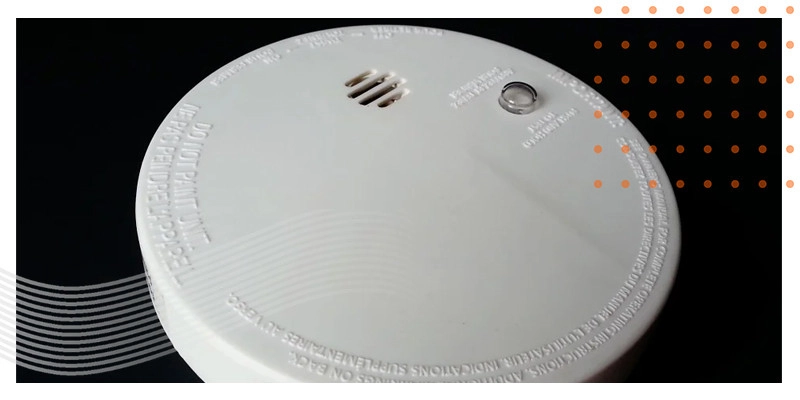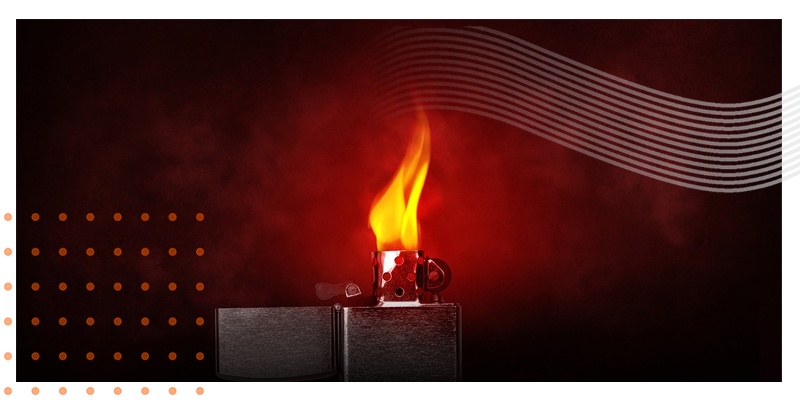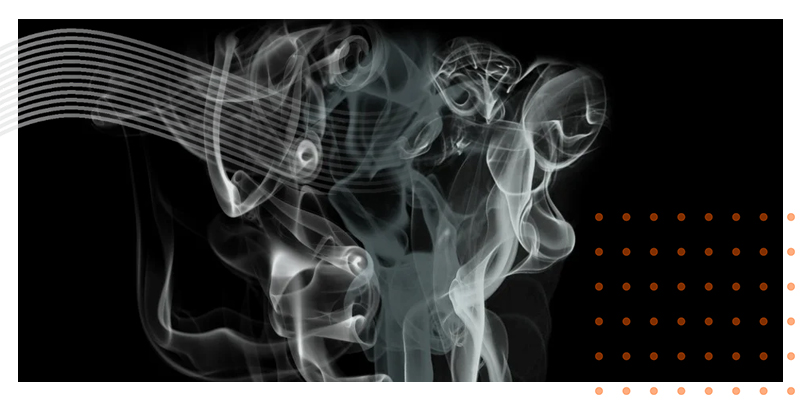Moving House Fire Alarm Requirements
Fire safety is not just a good idea, it is written into law and in the case of landlords in particular, there are quite a few things to know. Likewise, as a tenant or a homeowner, you should have a firm grasp on the dos and don’ts of smoke detectors.

Smoke alarms are devices that alert the occupants of a home to the presence of smoke, and as the saying goes, where there is smoke there is fire (or a the very least potential for one). Its sole purpose is to save lives in the event of a fire by hopefully providing critical moments for escape.
What are the different types of smoke detectors?
There are three main types of smoke alarms that are in general use in Australia:
- Photoelectric Alarms – use light-beams,emitted by a photocell, that aredirected away from the alarm. They detect smoke by identifying when the light is interrupted by particles of smoke, which will cause the alarm to trigger. It is a caution that sometimes heavy dust and insects have been known to false trigger these alarms.
- Ionisation Alarms – with the use of a very tiny amount of radioactive material within a range that will not affect health, detect particles in the atmosphere that are emitted by fire. This type is more effective for fires that don’t emit a lot of smoke, they can be slower to detect fires that emit lots of smoke.
- Dual Sensor Alarms – are a combination of both ionisation and photoelectric technologies. In this respect they have the benefits of both systems but also the drawback of each, therefore they are not recommended for installation in bathrooms or kitchens due to the higher likelihood of false alarms.
There are also more specific types of fire alarms that are sensitive for specific situations and can be installed in certain areas of the home where the above alarms wouldn’t be ideal. For example:
- As fires commonly break out in the kitchen, it makes sense to have an alarm installed there. Installing any of the abovementioned alarms would trigger false alarms often because we generate steam and smoke just by cooking. In this instance, you can install an alarm that is triggered by a heat sensor when the temperature is considered high enough that it is likely fire.
- If you are reliant of gas, you can install a carbon monoxide alarm that will trigger when there is a build-up of this deadly by-product in the air.
- There are smoke alarms designed for the hearing impaired that can issue louder alarm sounds, vibrate or have a strobe light to alert a fire.
Depending on your situation, you may want to consider installing different types of alarms in different locations to maximise the sensitivity of the alarms triggering for the right reasons at the right time.
In most cases, photoelectric alarms are the installation of choice for a compliant level of fire safety.

Tips for checking fire alarms when you move in or move out of a home
- Spraying the smoke alarm with ‘fake’ smoke is considered a reliable way of testing the alarm to make sure that it will trigger in the event of a fire.
- Test you alarm every six months by pressing the button to ensure the battery is active and the alarm sounds.
- Choosing an alarm that uses lithium batteries ensures battery life for up to ten years.
- Some newer alarm types allow you to test your alarm by remote control, others have a button that you need to reach to test.
- When the battery gets low smoke alarms will let you know by beeping at a regular interval repeatedly. Change the batteries, don’t take them out and forget about it!
- The little lights that some alarms have are called ‘escape lights’ and are there by design to help you navigate out of a house in the dark in the event of power failure.
- You can also get alarms that are inter-wired together and hard-wired to your main power. Talk to an electrician or a qualified fire alarm specialist to find out more about these options.
How much do fire alarms / smoke detectors cost?
Ultimately, there really shouldn’t be a cost on the safety of any person dwelling in a home in modern Australia, which is why there is legislation governing the importance of having them installed. The fact is though, that the cost is on the home-owner or landlord to provide for the legislation by ensuring that functioning smoke alarms are installed.
If you have a budget that can incorporate the cost of a fire safety consultant to inspect your home and provide you with a fire safety plan that includes the installation of all the alarms you need in all the places you need them, you should get the coverage you need. However, this is not something everyone can afford and if you have moved into a smaller home than you likely don’t really need many and the places to put them maybe fairly logical. It is recommended though, to install more than one alarm so you can have a backup alarm in the event of one malfunctioning.
Fire alarms are available to purchase in most supermarkets, hardware and department stores, as well as from specialist fire equipment outlets. If you are handy or know someone good with the tools, you can buy them yourself and install them. Or you can hire a “handy-person” to quote putting them in at a more reasonable cost.
You can generally find ionisation alarms for under $15, photelectric alarms can range between around $18 and $30 and a lithium battery WiFi alarm can cost around $30 for a basic device and up to around $60 if it has an escape light. Costs go upward from there the fancier the device and the more features and whether you require professional installation by an electrician.
(*Costs quoted here should only be used as a guide and can vary.)

Ongoing Fire Safety Compliancy
Hiring a fire safety inspector to test the alarms on a property is one sure way to know that all the boxes are ticked for the legislation in the state you live. They can check the alarms are installed in the best locations in the home, test their efficiency and install new ones if required.
Otherwise, you should test your alarms once every six-months and make sure there are spare batteries on hand should you need to change them when the beeping starts.
What are the different fire alarm / smoke detector regulations for Australian States?
Legislation governs the installation of smoke alarms all over Australia but it is important to note that there are differences state to state and see some examples for popular cities below.
Brisbane / Queensland
Smoke alarms compliance falls under the Fire and Emergency Services Act 1990 and states that all residential dwellings require smoke alarms to be installed and maintained.Owners and landlords are allowed to maintain their own alarms.
More information here.
Sydney / New South Wales
The legislation for compliance of fire alarms in NSW is governed by the Environmental Planning and Assessment Amendment (Smoke Alarms) Regulation 2006 and the Residential Tenancies Act 2010. For properties where people sleep, it is the responsibility of the property owner to ensure that alarms are installed, tested and maintained. Owners and landlords are allowed to maintain their own alarms.More information here.
Melbourne / Victoria
The Building Regulations 2006 dictates smoke alarm compliance in Victoria and is governed by the Victorian Building Authority. The legislation states thatresidential buildings have working smoke alarms installed in locations that are deemed compliant as set out in the Building Code of Australia.More information here.
Consider having a fire safety plan when you move into a new place
When you settle into your new home, take a moment to look at all the alarms that should by law already be installed and give them a test and a check. If there aren’t any it is now your responsibility to get them. This should be the first reference point in your fire safety plan (more about fire safety plans here). It might only take a few minutes but thinking about escape routes for you and your family and guests might just be the few minutes that helps saves lives.
(Disclaimer: The above information is to help as a guide only, please double check your requirements by law for your local area to ensure you meet the standards required).
Share this page on Facebook
Moving house starts here
View pricing, read reviews and book professional interstate and local removalists online.